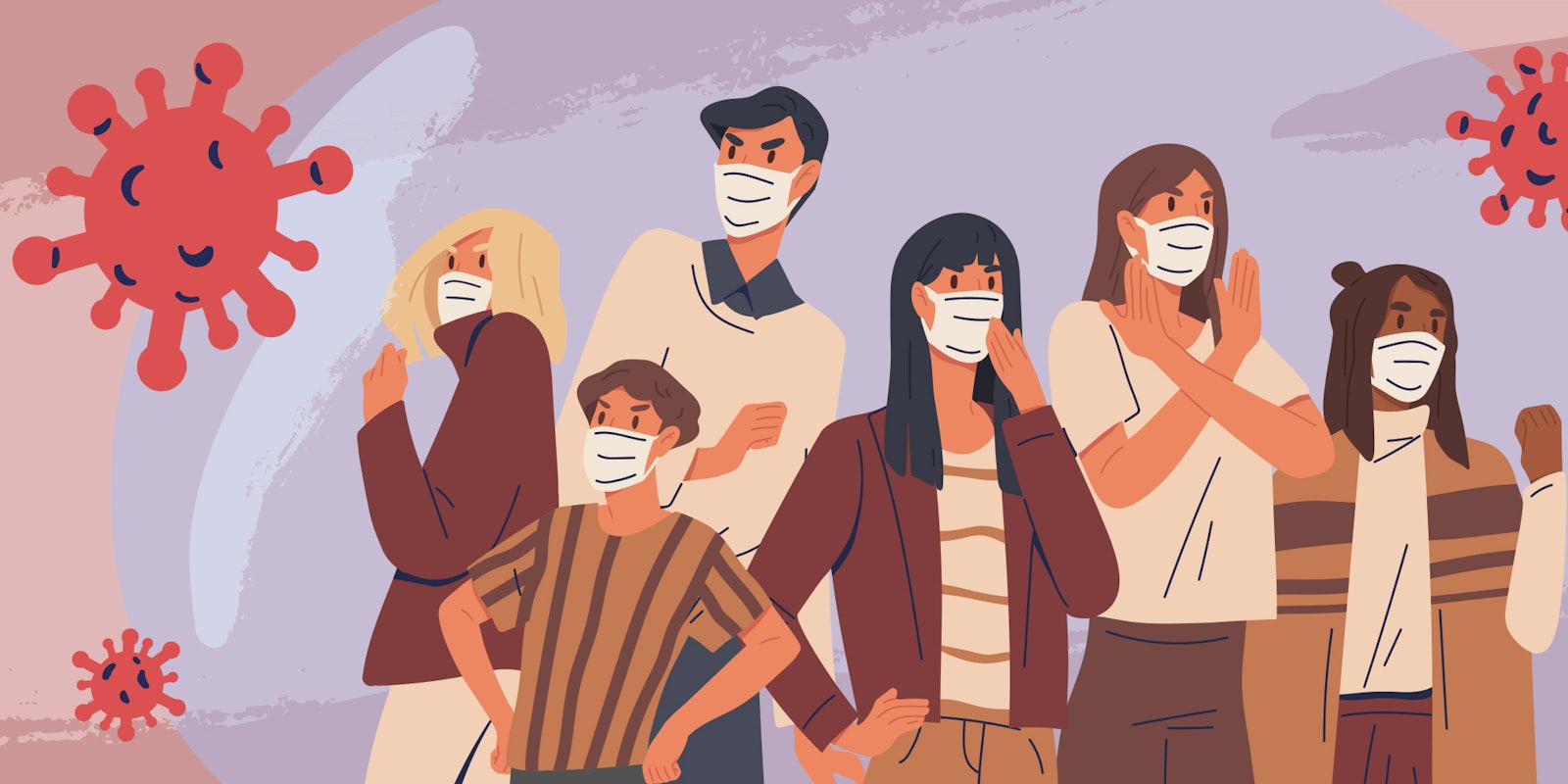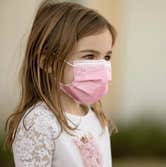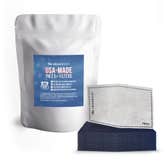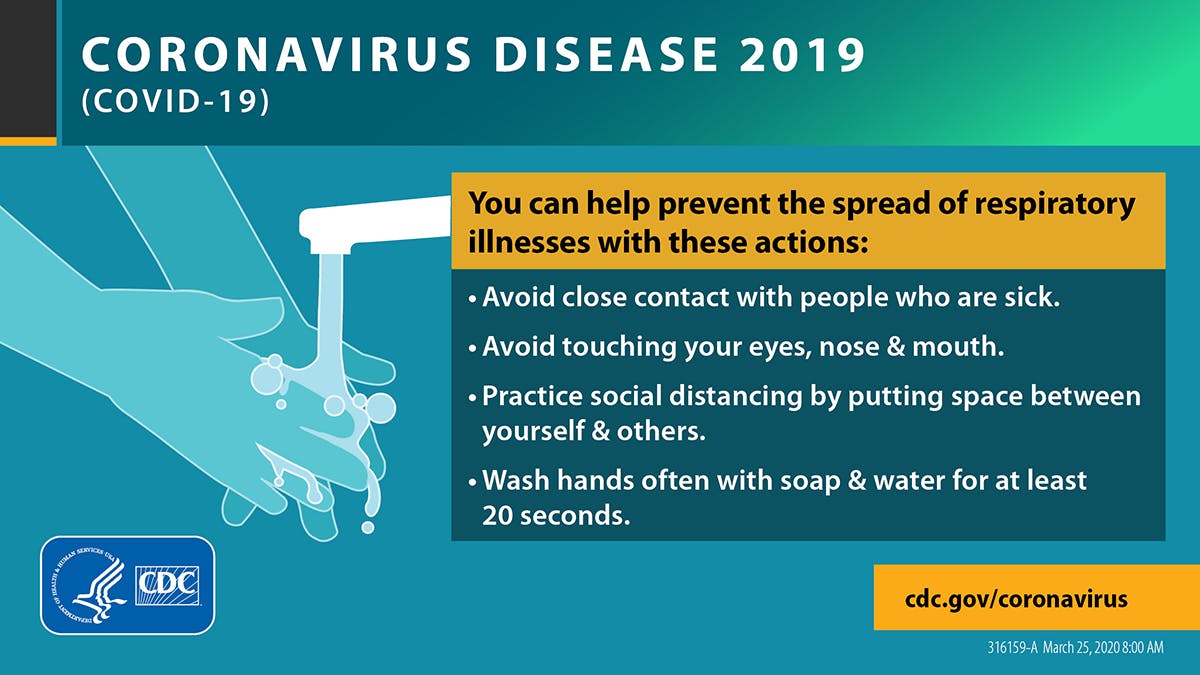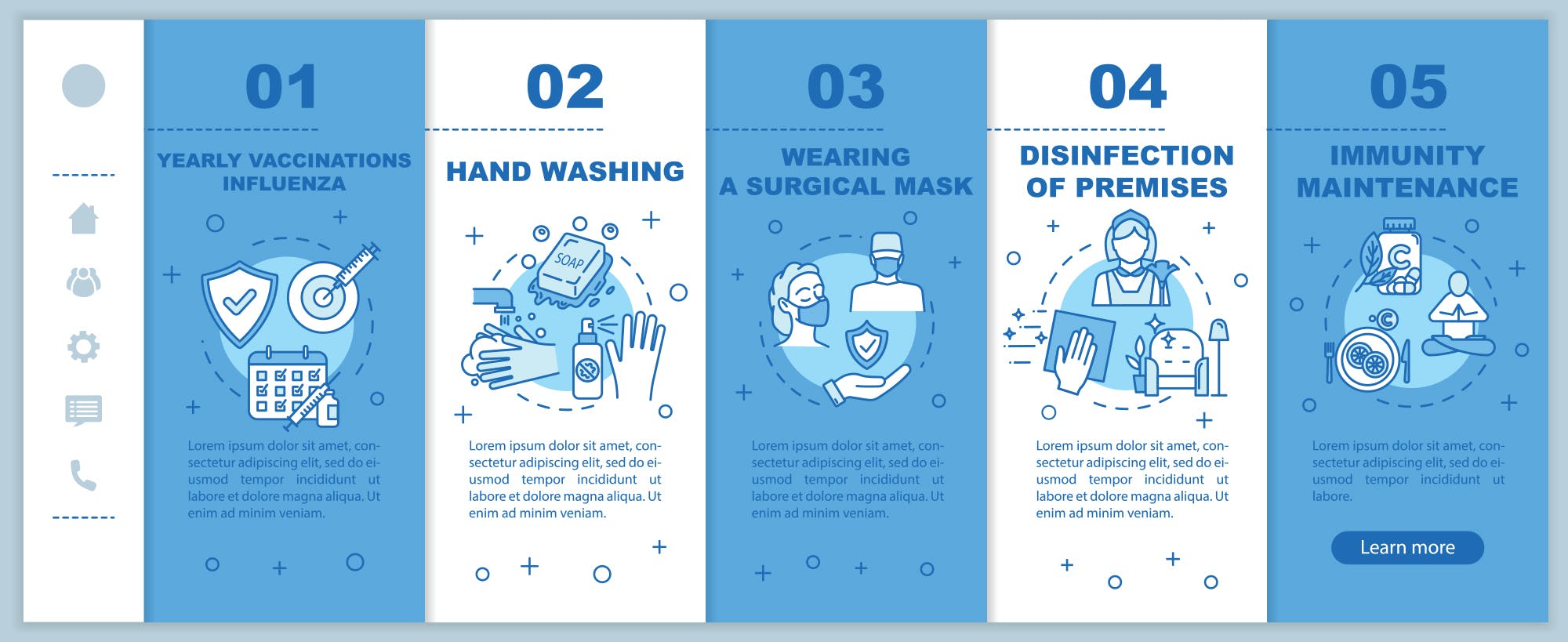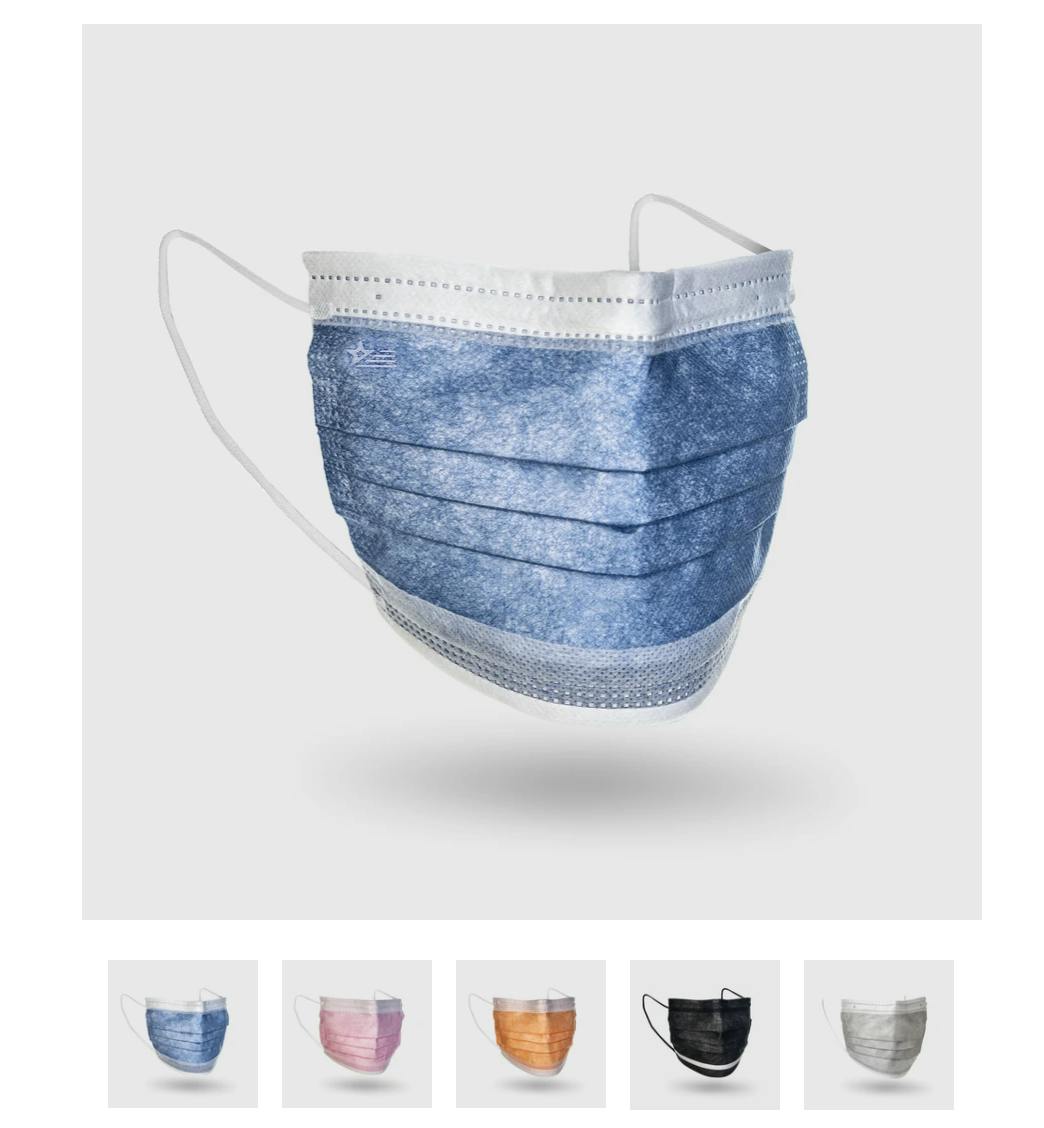In years past, Americans never considered wearing face masks for flu prevention. But as we enter the 10th month of combating the coronavirus pandemic, infectious disease experts are also anticipating a devastating flu season. In an effort to prevent the spread of both viruses, we must wear our masks consistently and correctly.
While this may seem like an obvious suggestion for some, others may be surprised that flu masks actually work. I mean, scientists invented a flu vaccine over a decade after the 1918 pandemic in response to the failures of poorly-constructed cloth masks. So why would science suggest we wear masks to prevent flu spread now?
It’s redundant and confusing, I know. Unfortunately, protecting ourselves (and each other) from viral and contagious illnesses isn’t a straightforward process. There’s a lot of trial and error involved to help us evolve our processes to ones that we can positively replicate. (That’s quite literally the definition of the scientific method). But hopefully, after reading this, you’ll understand why wearing a surgical mask is not only so important for curbing the spread of COVID-19 but the flu, too.
What’s the success rate of face masks for flu prevention? And how do they work?
Influenza and coronavirus are both respiratory viruses that spread through droplets created when people with flu cough, sneeze, or talk. These droplets then land in the mouths or noses of people nearby or are inhaled directly into the lungs. Droplets can also be transferred from one person to another through contact with contaminated objects. So if someone who is sick sneezes or coughs into their hand and then touches a doorknob and someone else touches that same doorknob before rubbing their nose or picking at their teeth, there’s a chance they will also contract the illness. Although contracting COVID-19 through contaminated surfaces is not the main way the virus spreads, it’s still possible if safety precautions (like handwashing) are ignored.
That’s where face masks come in. Effective face masks will slow the spread of both COVID-19 and flu viruses by creating a barrier between droplets. This crushes the opportunity for virus-causing germs to spread. So when someone who is sick coughs with their mask on, all of their nasty germs will be trapped inside it. This gives those invisible germs less of a chance to infect another person. While there isn’t enough data to understand exactly how effective masks are curbing coronavirus contagion, multiple studies (as well as other countries’ responses to the pandemic) have concluded that masks work. But just how effective are face masks for flu prevention?
According to a study by the United States Department of Internal Medicine, Mayo Clinic, AMITA Health Saint Joseph Hospital in Chicago, Dignity Health Mercy Hospital in Merced, the Department of Epidemiology and Health Statistics at Anhui Medical University’s School of Public Health and the Center for Evidence-Based Practice in China, as well as the Center of Experimental Orthopaedics at Saarland University Medical Center in Germany, properly worn surgical masks can decrease your chances of contracting the flu by 80%. This study adds additional evidence of the enhanced protective value of masks, e vspecially when used in conjunction with other protective measures. In simpler terms, if you wear a mask, wash your hands, practice social distancing, and stay up to date on your vaccines, you’re not only protecting yourself from COVID-19 but from the flu as well.
Who should wear a face mask to prevent flu viruses from spreading and why?
The CDC recommends that everyone over the age of two wear a mask when in a public setting. The organization recently updated its guidelines to include wearing a mask when you’re a guest inside someone else’s home. This is also how we should be wearing face masks for flu prevention. Since both viruses spread in very similar ways, intercepting their transmission is also analogous.
I’m sure this has you wondering, “Why would I take extra precautions to prevent the flu if we already have a vaccine?” And that’s a fair question. But even with vaccines, the impact of the flu still places a substantial burden on the healthcare system. This is partially due to the fact that there are multiple variations of the flu and new adaptations popping up routinely. It makes it nearly impossible for one vaccine to protect against all the strains.
Because of this, according to the CDC, between nine and 45 million people become ill with some variation of the flu every year. This translates to anywhere from 140,000 to 810,000 hospitalizations and 12,000 to 61,000 deaths annually for the last decade. Add a highly contagious pandemic to that and our emergent healthcare providers will be overrun with sick people. This results in a lack of care providers, the inability to properly help patients, and exponential numbers of unnecessary (and otherwise avoidable) deaths.
This effect can already be seen in parts of the county that have been overwhelmed with the latest spike of coronavirus. Massachusetts has curtailed elective surgeries. Arizona hospitals have almost no ICU beds available. And nurses at a Philadelphia hospital went on strike after suffering from inadequate staffing due to concerns raised by the pandemic. The fewer people who need hospital care, the better.
What is the recommended type of flu mask?
What you may not know about face masks is that not all of them are created equal. The different types of masks offer different levels of protection. Before you purchase one, know this: neck gaiters are like wearing no mask at all. They actually do the opposite and spread the coronavirus, as well as any type of surgical mask from Amazon. You should avoid purchasing masks off of Amazon, too. Oftentimes, Amazon products end up improperly stored and sourced. These masks end up tainted which makes them not effective. “Bootleg” masks won’t ever have the words “surgical mask” or medical ratings printed on their packaging. A lack of either should serve as a red flag. No medical coding means these masks have not been tested by the FDA.
This isn’t some marketing ploy, either. Surgical and N95 masks were designed for medical professionals and workers who are in contact with hazardous materials. This is why the FDA rigorously tests and regulates masks. In turn, these types of masks also offer superior protection from germs when compared to non-surgical face masks and cloth masks.
Where can I buy masks to prevent flu viruses and COVID-19?
Federal agencies still recommend reserving N95 masks for healthcare workers in an effort to avoid shortages. But surgical masks are fair game! And a manufacturing company in Austin, Texas is making sure that people who want medical-grade face masks made in the USA can get them. Armbrust American is an FDA-registered surgical mask supplier that allows consumers to purchase medical-grade masks directly from its warehouse. Armbrust masks are regulated to prove they meet the required filtration rate of 98%. That is enough to block .1 micron of COVID and flu particles. It just doesn’t get more legit than this, folks.
Armbrust is dedicated to stopping the spread of the flu and coronavirus. This is why the company offers bulk masks at near wholesale prices in addition to smaller, more budget-friendly packages. Armbrust masks are available in an array of colors, too. So you won’t have to worry about ruining your outfits with a drab mask.
Prices start around $29.90 for a pack of 50 masks. But first-time buyers can save 20% by using the code DAILYDOT at checkout. You can find Armbrust masks for sale through the company’s website: www.armbrustusa.com or simply by clicking on the button below.

